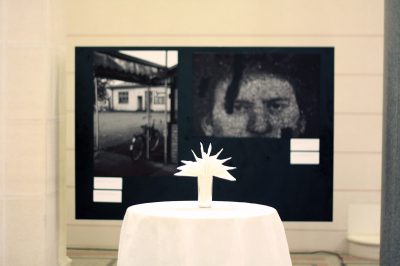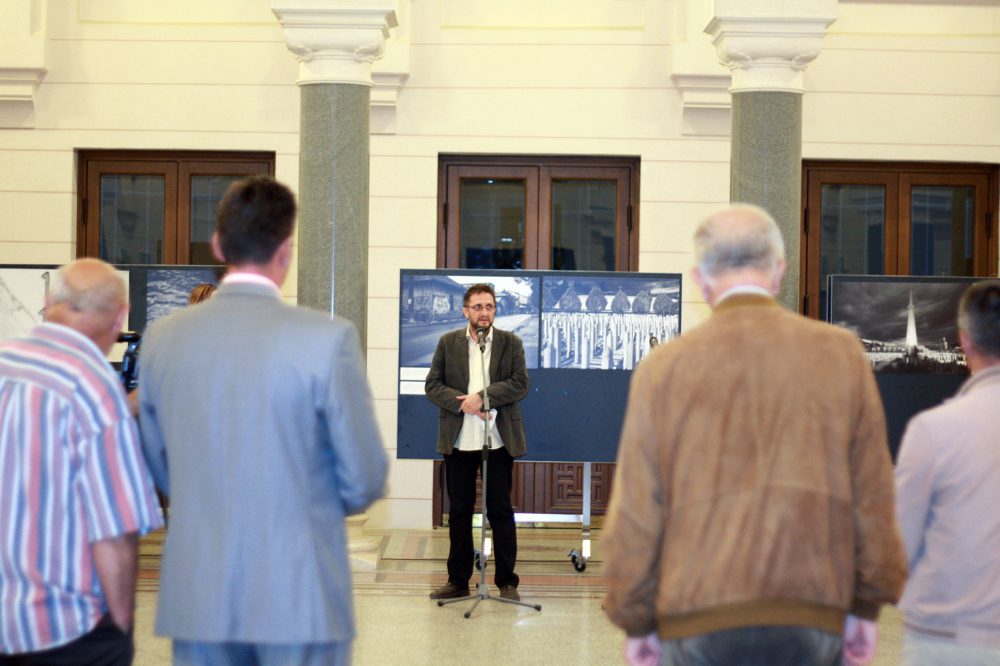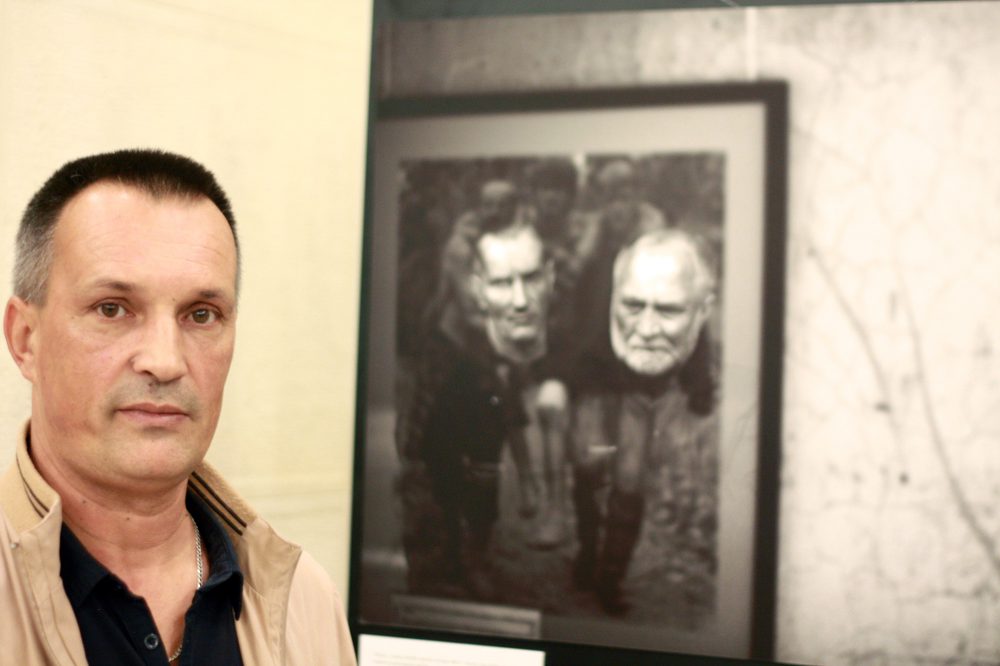On Saturday, 1 October 2016, the exhibition “War of Memories” organised by the Centre for Nonviolent Action Sarajevo-Belgrade was opened at the Sarajevo Vijećnica.

The exhibition features photographs of monuments and a monograph that resulted from three years of research on sites of suffering and remembrance of the war in Bosnia and Herzegovina.
It will be open in Sarajevo until 15 October 2016 and will then open in Mostar on 2 November.
The motivation to research memorialisation policies and cultures of memory in Bosnia and Herzegovina resulted from a feeling of obligation to respond and point out the problems and dangers inherent in the current culture of memory, in order to propose ways to create a climate for constructive public dialogue. The three-year-long process of documenting monuments created in the past 25 years was part of continuous efforts to raise awareness about current models of collective memory.
“Judging by their monuments, cultures of memory in BiH are opposed to each other, one-sided, ethnocentric, indicating the divisions in BiH society, reflecting a collective victimisation, and if they do not outright deny, they at least ignore the suffering of others,” Ivana Franović, a member of the research team from the Centre for Nonviolent Action, writes in the monograph “War of Memories”. “We see ethnic divisions and we see who the enemy is, that is in the foreground. The victims are not that important, their function is to divide us survivors into groups so we know who our enemy is.

That is devastating. The other exists only in the form of an enemy. There is no empathy towards victims. To have empathy towards the victims of others is automatically viewed as treasonous and disrespectful towards own victims,” Ivana Franović said at the opening of the first of five exhibitions “War of Memories”, also pointing out that every regime uses monuments for its own legitimisation.
The authors of the photographs of marked and unmarked sites of suffering, available online at kulturasjecanja.org, are Nenad Vukosavljević and Nedžad Horozović. Every visit to the monuments and their photographing also involved interviewing people involved in the establishment of the monument or those whose living environment is significantly marked by the monument.
“Any kind of examination of the past, or rather narratives about the past, leads to a form of feedback that will dispense labels that are hard to bear. There is no constructive dialogue about the past. We cannot agree on what happened, we seem incapable of learning lessons from the past that can be useful in the future. The approach to monuments is similar. The need for uniform victims and perpetrators, the ethnic framework is very present. It can be scary,” said Nedžad Horozović, a peace activist and member of the research team from the Centre for Nonviolent Action and the author of the photographs.
Every monument is accompanied by an information sheet detailing when, where and in whose honour it was established, or not established, which is the case with unmarked sites of suffering.
This process of gathering official information was demanding because communication with relevant institutions and local authorities demonstrated that responsibility for this process is often unclear and there is a lack of systematic data about existing monuments.

A summary of the monograph “War of Memories” is available at http://nenasilje.org/publikacije/pdf/Rat_sjecanja.pdf
(Kristina Ljevak, press release)